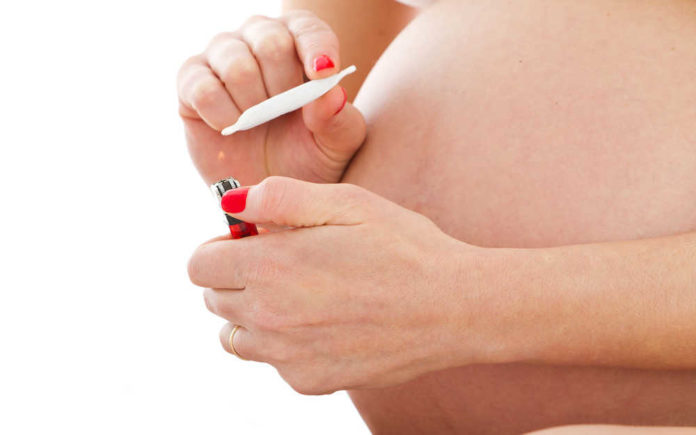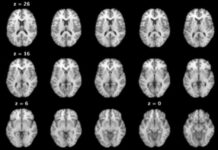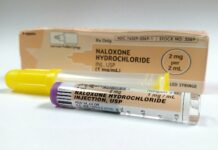It’s happened. As was recently reported on these pages, Key West has its first legal cannabis dispensary, with more to follow. And all sorts of MDS (Mysterious Delivery Systems) appear to be popping up around town. With all these changes, there’s more than just spring in the air.
When anything new like this crops up (even if it’s not so new), it’s always important to look at all the angles. This means that although we’re hearing a lot about the medical benefits of cannabinoids, it’s important to pay attention to any potentially negative effects, as we would with any “treatment.” In addition, many compounds that seem safe when used appropriately and responsibly by adults can be risky for more vulnerable populations, and we worry particularly about adverse effects in pregnant women, children and adolescents.
So … what do we know about marijuana’s effects on our developing patients? Is there a safe level of exposure? And is there a way of weeding out the misinformation in favor of some solid recommendations?
As it turns out, we don’t have definitive answers to these questions. Despite its long-time presence, cannabis and its effects are difficult to study. No, it’s not for the reasons you’re thinking of. There are many confounding factors in studying, say, pregnant users. Marijuana users tend to be younger than other moms-to-be; they are more likely also to use other drugs, including tobacco; the studies don’t have a standard way of measuring exposure; and for some potential effects, it’s difficult to determine what’s an effect of marijuana exposure and what might be due to other aspects of child rearing by user parents. Finally, with different potencies, delivery systems, and, more often, underlying medical conditions added to the mix, the studies on yesterday’s product might not be applicable today.
None of this has prevented the American Academy of Pediatrics (AAP) from weighing in on the subject. Last September, the AAP summarized studies that have been done. In their report, they noted that marijuana’s most active ingredient, THC, can get to an unborn baby through the placenta. In addition, a much higher concentration of carbon monoxide from the smoked product circulates than is the case with tobacco, making it harder for the infant-to-be to get oxygen in. Other sources note that THC also appears to be concentrated in breast milk. Less appears to be known regarding exposure of infants and young children to passive smoke, but at least one study found an association with sudden infant death syndrome.
The AAP looked for an association of marijuana use in pregnancy and several possible outcomes (for example, prematurity, newborn intensive care admission, and a variety of newborn complications) and found no definite effect. However, they also looked at what happens to these exposed babies when they get older, and the news was a little more concerning. Although the research was limited, studies suggested that cannabis exposure inhibited brain development; children and even young adults did less well on a variety of learning tasks than their non-exposed counterparts.
Is there a “safe age” for exposure? The best answer we have at this point: not in the pediatric-adolescent population. We know that the brain continues to develop through young adulthood. As with pregnancy and breastfeeding, we could use more research on exactly what happens when a child or teen is exposed to cannabis. But the studies we do have appear to show a negative effect on brain development. In some cases, the changes were something researchers could see, for example, on an MRI.
Can we roll all this into a single set of jointly-arrived-at recommendations? It’s always going to be best to talk with your own obstetrician, pediatrician and, if applicable, cannabinoid prescribing doctor for those. That said, it appears that for the most part marijuana is a risky exposure for young people and soon-to-be people. Key West is in many ways all about leaving your caution at the Seven Mile Bridge. But when you’re talking about your child’s future, a little risk aversion is a good thing.






















